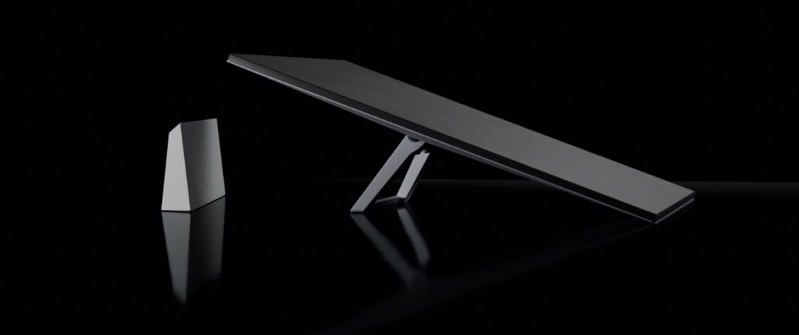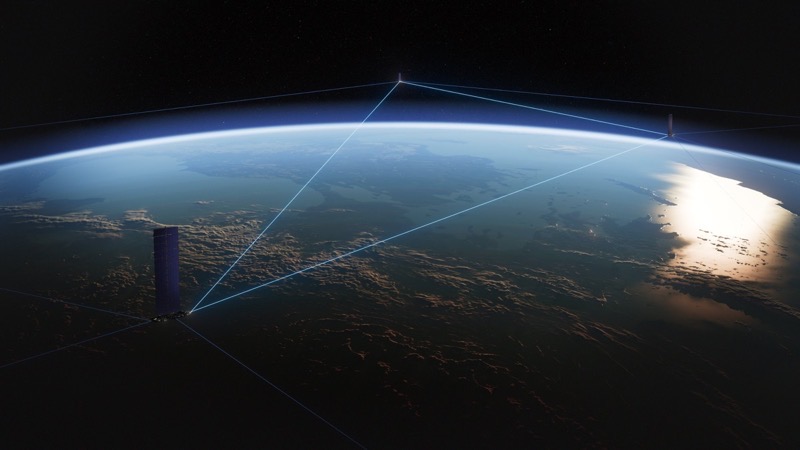
SpaceX to Proactively Deorbit 100 First-Gen Starlink Satellites
SpaceX has announced plans to deorbit 100 of its first-generation Starlink satellites as a precautionary measure against a potential flaw that could lead to complete satellite failure.
The company stated that these satellites would be brought down to Earth’s atmosphere, where they are expected to disintegrate completely, posing no risk to people on the ground, in the air, or at sea.
This decision is part of SpaceX’s ongoing efforts to ensure space sustainability and address concerns related to the growing number of satellites in orbit and their potential hazards. Despite the removal of these 100 satellites, SpaceX assured that the Starlink network, which boasts over 5,400 operational satellites, would not experience any service disruptions for its customers, reports PCMag.
SpaceX’s commitment to minimizing space debris and ensuring the safety of its satellite network includes the implementation of autonomous collision avoidance systems and ion thrusters in each satellite. These features allow the satellites to maneuver in orbit and ensure they deorbit and burn up in the atmosphere within five years, even if they lose engine maneuverability.
“In the coming weeks and months, SpaceX will perform controlled descents of approximately 100
additional early-version 1 Starlink satellites. These satellites are currently maneuverable and serving
users effectively, but the Starlink team identified a common issue in this small population of satellites
that could increase the probability of failure in the future,” said SpaceX.
The specific flaw prompting the deorbiting of these satellites was not detailed by SpaceX, other than mentioning it was a common issue identified in a small subset of satellites that could increase the likelihood of future failures. Opting for a proactive approach, SpaceX decided to deorbit these satellites while they are still operational to avoid the risk of losing control over them.
SpaceX also highlighted its track record of deorbiting satellites, with 406 satellites already brought down safely. Of these, 17 are currently in a passive decay but are being closely tracked to mitigate collision risks with other active satellites. The controlled descent of the 100 satellites is expected to take around six months, during which they will retain their maneuverability and collision avoidance capabilities.
Right now, SpaceX says it can build up to 55 satellites per week and launch more than 200 satellites per month. This “allows us to continually improve our system and make it more resilient, while increasing access to high-speed, low-latency internet for more people all around the world,” concluded SpaceX.

